Name Fram Out of service 1912 Length 39 m Beam 5.2 m | In service 1893 Type Schooner Launched 1892 Designer Colin Archer | |
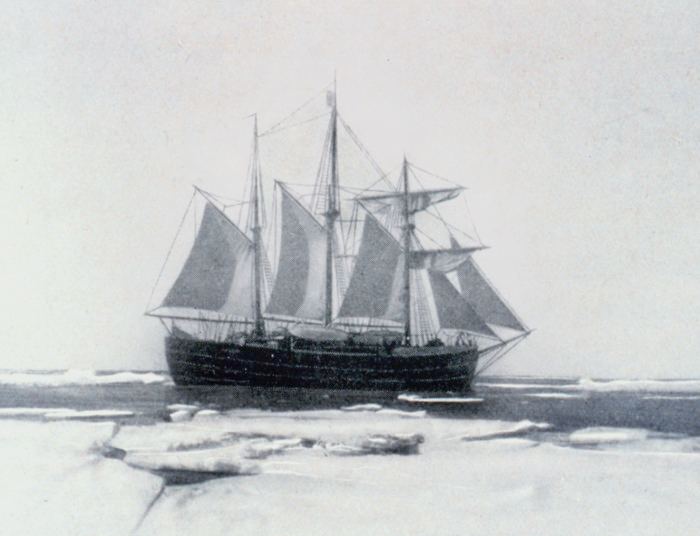 | ||
Builder Colin Archer, Larvik, Norway Fate Preserved; on display at the Fram Museum, Oslo Owners Fram Museum, Fridtjof Nansen Similar Fram Museum, Gjøa, Kon‑Tiki Museum, South Pole, Akershus Fortress | ||
Fram ("Forward") is a ship that was used in expeditions of the Arctic and Antarctic regions by the Norwegian explorers Fridtjof Nansen, Otto Sverdrup, Oscar Wisting, and Roald Amundsen between 1893 and 1912. It was designed and built by the Scottish-Norwegian shipwright Colin Archer for Fridtjof Nansen's 1893 Arctic expedition in which the plan was to freeze Fram into the Arctic ice sheet and float with it over the North Pole.
Contents
- Oslo norway fram museum hd 2013
- Construction
- Expeditions
- Nansens 18931896 Arctic expedition
- Sverdrups 18981902 Canadian Arctic islands expedition
- Amundsens 19101912 South Pole expedition
- Preservation of Fram
- Named after Fram
- Other ships named Fram
- References

Fram is said to have sailed farther north (85°57'N) and farther south (78°41'S) than any other wooden ship. Fram is preserved at the Fram Museum in Oslo, Norway.
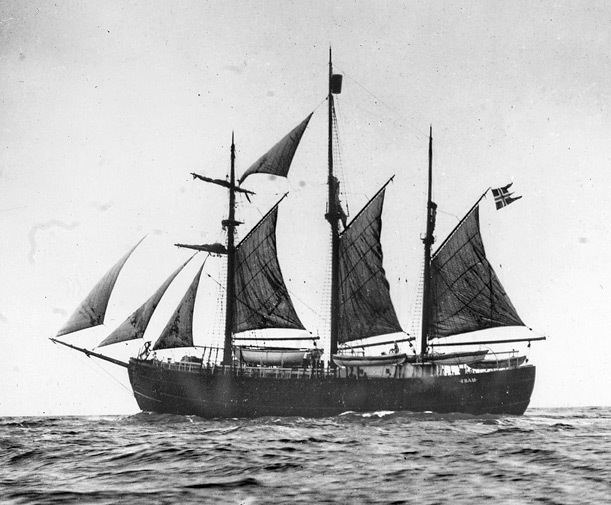
Oslo norway fram museum hd 2013
Construction
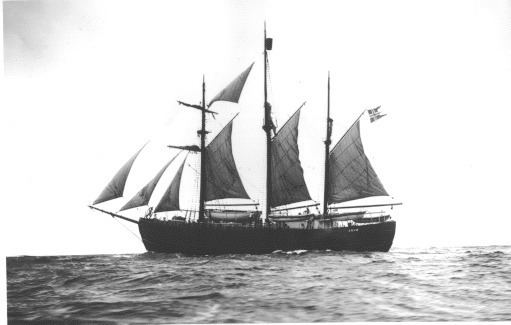
Nansen's ambition was to explore the Arctic farther north than anyone else. To do that, he would have to deal with a problem that many sailing on the polar ocean had encountered before him: the freezing ice could crush a ship. Nansen's idea was to build a ship that could survive the pressure, not by pure strength, but because it would be of a shape designed to let the ice push the ship up, so it would "float" on top of the ice.
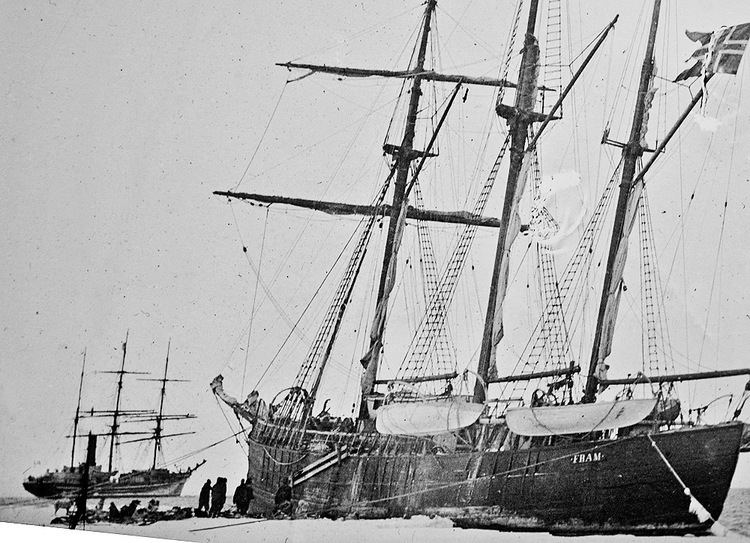
Fram is a three-masted schooner with a total length of 39 meters and width of 11 meters. The ship is both unusually wide and unusually shallow in order to better withstand the forces of pressing ice.

Nansen commissioned the shipwright Colin Archer from Larvik to construct a vessel with these characteristics. Fram was built with an outer layer of greenheart wood to withstand the ice and with almost no keel to handle the shallow waters Nansen expected to encounter. The rudder and propeller were designed to be retracted. The ship was also carefully insulated to allow the crew to live on board for up to five years. The ship also included a windmill, which ran a generator to provide electric power for lighting by electric arc lamps.
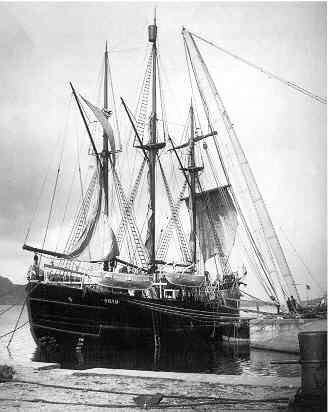
Initially, Fram was fitted with a steam engine. Prior to Amundsen's expedition to the South Pole in 1910, the engine was replaced with a diesel engine, a first for polar exploration vessels.
Expeditions
Fram was used in several expeditions:
Nansen's 1893–1896 Arctic expedition
Wreckage found at Greenland from USS Jeannette, which was lost off Siberia, and driftwood found in the regions of Svalbard and Greenland, suggested that an ocean current flowed beneath the Arctic ice sheet from east to west, bringing driftwood from the Siberian region to Svalbard and further west. Nansen had Fram built in order to explore this theory.
He undertook an expedition that came to last three years. When Nansen realised that Fram would not reach the North Pole directly by the force of the current, he and Hjalmar Johansen set out to reach it on skis. After reaching 86° 14' north, he had to turn back to spend the winter at Franz Joseph Land. Nansen and Johansen survived on walrus and polar bear meat and blubber. Finally meeting British explorers, the Jackson-Harmsworth Expedition, they arrived back in Norway only days before the Fram also returned there. The ship had spent nearly three years trapped in the ice, reaching 85° 57' N.
Sverdrup's 1898–1902 Canadian Arctic islands expedition
In 1898, Otto Sverdrup, who had brought Fram back on the first Arctic voyage, led a scientific expedition to the Canadian Arctic Archipelago. Fram was slightly modified for this journey, its freeboard being increased. Fram left harbour on 24 June 1898, with 17 men on board. Their aim was to chart the lands of the Arctic Islands, and to sample the geology, flora and fauna. The expeditions lasted till 1902, leading to charts covering 260,000 km2, more than any other Arctic expedition.
Amundsen's 1910–1912 South Pole expedition
Fram was used by Roald Amundsen in his southern polar expedition from 1910 to 1912, the first to reach the South Pole, during which Fram reached 78° 41' S.
Preservation of Fram
The ship was left to decay in storage from 1912 until the late 1920s, when Lars Christensen, Otto Sverdrup and Oscar Wisting initiated efforts to preserve her. In 1935 the ship was installed in the Fram Museum, where she now stands.
